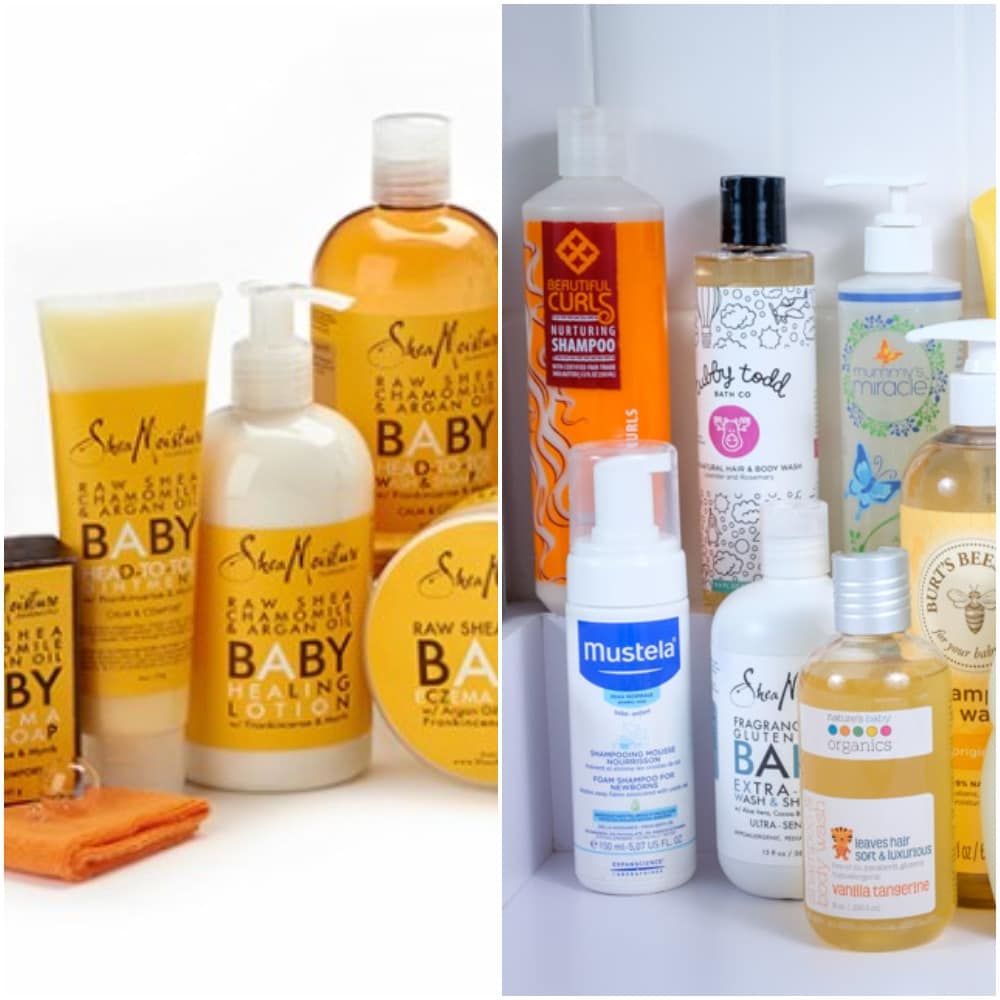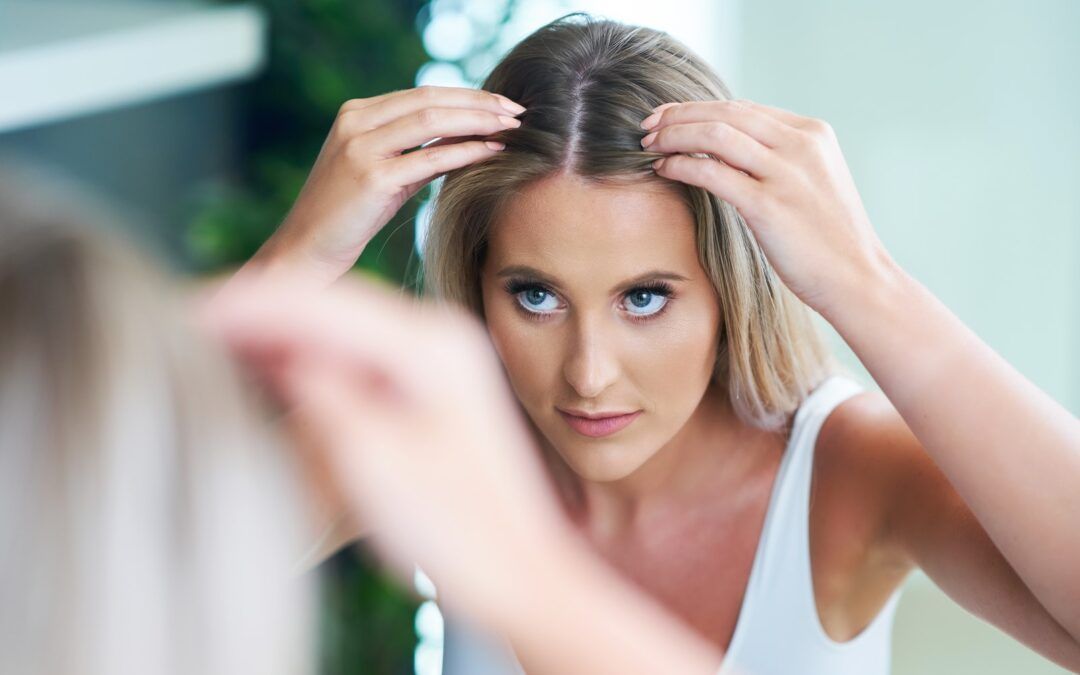Table Of Content

For this reason, aloe vera is a great pick for hair growth in babies. Having said that, it is important to bear in mind that baby hair will change and will eventually even out over time, even if it does not seem like it will. The best course of action is to wait it out, while continuing to stimulate the scalp and properly care for existing hair strands. This is called friction or pressure alopecia, and usually resolves once your baby begins sitting up unassisted, since they're spending less time lying on their back.
When Do Babies Start Laughing?
If your little one is born with this hair all over his body, there’s no need to worry. Any signs of lanugo will drop away within the first 2 months of life. Gently wash your baby’s hair every few days (avoid doing this daily) with a mild shampoo in the bathtub. Comb it out with a wide-toothed comb, taking extra care not to snag or pull too hard.
At what point should parents be concerned?
That’s why no one was more surprised than you when your baby was born a baldie. And even though you love your little one’s sweet skull, you've started estimating when some hair (or sheesh, even some peach fuzz) will start to sprout. Scalp massage generates blood flow to your little one’s scalp, which, in turn, can stretch the hair follicles and promote hair growth. If your baby has a few remaining strands of hair, you might be tempted to pull them back into a small ponytail or use a hair clip.
Why is My Baby’s Hair Not Growing? 9 Possible Reasons
This “no tears” formula works to improve manageability and add shine. The sunflower seed oil and green tea work to improve the health of baby’s hair from the scalp. Bear in mind that baby hair textures can vary and will be largely dependent upon the genetics and nationality of the child. Thus, hair texture changes will look different and will come at different times in life for each child.
How To Make Baby Hair Grow Thicker
Because it can be a sign of hypotrichosis, (which is the loss of hair at a young age), alopecia, or even a scalp infection. “Hair conditions like fungal scalp infections or severe cradle cap can prevent growth,” says Jones. “Once these conditions are treated and resolve, your baby’s hair will grow.” But if your child’s scalp is healthy, Dr. Jones says that there isn’t a magical treatment to make hair grow. Parents are sometimes surprised to discover that when a baby grows a new head of hair it's a completely different color and texture than what he was born with. BabyCenter reader Julie's son Will was born with a full head of thick black hair. "He looked just like Elvis – he even had sideburns," she says.
Food For Baby Hair Growth
The vast majority of babies will regrow their lost hair in a matter of months. Ringworm (also called tinea capitas) isn’t caused by worms but by a variety of fungi. It may cause hair loss and often a red, scaly, ring-like rash is seen on the scalp. Hair loss of this nature is called neonatal occipital alopecia or simply friction alopecia.
Washing it too often can remove the natural oils that keep their scalp healthy. A good rule of thumb is to shampoo their hair every other day or every three days if they do not have much hair. To care for your baby’s hair, use a soft-bristled brush or comb when brushing it.
You can either use your fingers or a soft brush to untangle the knots, as these knots can break off, causing hair loss. Never rub your baby’s hair with hard towels or detangle hair roughly, as it might damage the gentle hair follicles and slow down hair growth. In summary, the anagen phase is when the hair follicle begins to grow, the catagen phase is when the hair follicle begins to shrink, and the telogen phase is when the hair follicle rests. All babies go through these different phases of hair growth, and the texture of their hair will change depending on which phase they are in. By keeping an eye on their baby’s scalp, parents can monitor their little one’s hair growth and texture. Given the sensitive nature of baby skin and hair, it is easy to understand why some parents might be a little apprehensive when it comes to trying new oils on baby’s hair.
The highly nourishing and reparative No. 4 Bond Maintenance Shampoo restores hair from everyday stresses, including split ends and seemingly uncontrollable frizz. But these do take longer to work, as supplements “must first be metabolized by the body and dispersed by the bloodstream to be beneficial,” says Dr. Shaver. And oral supplements may have more systemic side effects and interactions with other medications, so it’s especially important to check with your doctor before taking a supplement. It’s best to avoid using too much heat when styling their hair.
Be gentle when shampooing their scalp and use a mild baby shampoo or one designed for sensitive skin. Many parents believe that shaving their baby’s head will make the hair grow back thicker. However, there is no scientific evidence to support this claim. Hair growth is determined by genetics, hormones, and other factors, not by shaving.
You don’t have your wash your baby’s hair every day with shampoo. You can simply wet the hair every day during the bath and use shampoo only once a week. Remember, just a tiny squirt goes a long way for the little scalp. Drying or rubbing the fine baby hair with rough towels can damage follicles and cause hair thinning and hair fall.
However, every baby is different and will experience these changes at different times. If parents have any concerns about their baby’s hair, they should speak with their doctor. Brushing and combing promote blood circulation to the follicles and scalp while stimulating hair growth.

Newborn hair loss is perfectly normal and usually nothing to worry about. It’s not unusual for babies’ hair to change color and even texture, transitioning from straight to curly or vice versa, as their little bodies adjust to new hormones. However, if you notice any other symptoms accompanying your little one’s hair loss, such as scalp redness or flakiness, check with your pediatrician to rule out an infection. In most cases, hair growth will occur within the first 6 to 12 months. But, of course, if you have any concerns, don’t hesitate to contact your doctor with questions.
Sarah Bradley is a freelance health and parenting writer from Connecticut, where she lives with a lot of boys (a husband, three sons, and a golden retriever). When she isn't writing, Bradley is usually homeschooling, binge-watching TV shows, and taking care of her many houseplants. Consider switching to silk sheets as your little one’s bedding may be too rough, contributing to greater friction at the back of their head. Don’t get too attached to those strands though because they may very likely fall out within the first six months. Mutasim is a published author and software engineer and beard care expert from the US.
Ashley Graham's Post-Pregnancy Baby Hairs Are Growing Back - Allure
Ashley Graham's Post-Pregnancy Baby Hairs Are Growing Back.
Posted: Wed, 15 Jul 2020 07:00:00 GMT [source]
Wearing hair in tight braids or ponytails may also cause hair loss in some areas of the scalp. Hair appears stronger, darker, and thicker than before, settling into your child’s natural follicle structure, whether this is straight and fine or curly/wavy. Around their first birthday or a little later, your baby will begin forming thicker terminal hairs. Other babies may retain their fine, silky strands, though they are not likely to grow very long for a few months yet. Regular grooming will not only loosen up cradle cap but remove dry skin from falling out onto clothing, which could cause irritation if left unaddressed. According to the National Institutes of Health (NIH), applying gelatin directly onto clean wet scalps once every two weeks helps stimulate blood flow towards follicles, aiding faster growth.

Wash your baby’s head often using a wet washcloth and then a use a soft brush to get rid of the scales. If your baby appears bald as they approach their 2nd birthday, talk to your doctor about possible causes for baby baldness. It’s usually suspected if your baby is older than 6 months and still losing lots of hair.

No comments:
Post a Comment